SCHRACK Alarm and security systems
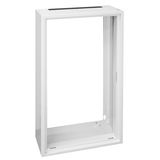
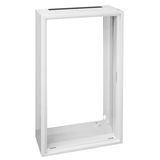
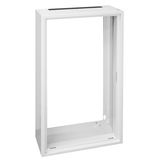


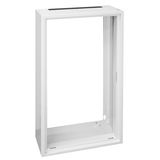
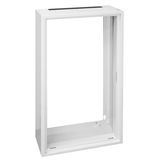

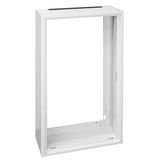

Schrack Alarm and Security Systems for multi-site facilities
Designers use this platform when intrusion, access, and site signaling must live on the same wiring rules and audit trail. Control gear runs on 12/24 V DC with supervised loops; IP67 field parts cover harsh doors and yards. Typical interfaces: RS-485/OSDP for readers, Wiegand on legacy, PoE/PoE+ for edge controllers, and dry contacts for HVAC/lighting handshakes. Logging holds 50–500k events with time sync via NTP. Compliance targets: EN 50131 (intrusion, Grades 2–3), EN 50136 (alarm transmission), EN 60839-11-1 (access control).
Schrack Intrusion Detection topology and alarm grading
Zones land as supervised (EOL/DEOL) or addressable on RS-485 buses. Dual-tech PIRs reduce nuisance trips; magnetic contacts ship in flush/surface with anti-tamper. Glass/roller sensors use adjustable sensitivity; outdoor beams add anti-mask. Transmission paths: IP primary with LTE/4G failover, polling per Grade. For remote plants, heartbeat intervals and event bursts are tunable so monitoring centers don’t drown in noise.
Schrack Access Control hardware and credentials
Controllers handle 1–4 doors each, expandable via RS-485; fail-safe vs fail-secure locks selected per fire egress. Readers: 13.56 MHz smart cards, mobile BLE/NFC, and keypads for dual-factor. OSDP Secure Channel (AES-128) is preferred over Wiegand to stop skimming and replay. Door I/O boards supervise REX, door position, and lock power with per-door fusing; power budgets are published for PoE vs local PSU choices.
Schrack system architecture and cabling practice
Home-run RS-485 trunks in daisy chain (no stars) with termination at the last device; specify LSZH, CPR Cca/B2ca on public routes. Use screened pairs for noisy halls; bond shields at a single point near the panel. Battery sizing: compute load in alarm + quiescent, then meet site policy (e.g., 12–72 h standby plus 30 min alarm). For audit-friendly installs, centralize schrack security panels in lockable risers and segregate life-safety from intrusion wiring.
Network and platform integration (VMS/BMS/OT)
REST/OCPP-like APIs and BACnet/Modbus bridges push door state, alarms, and counts to BMS; VMS links arm/disarm cameras on schedules and overlay events on video. SCADA/OT sites keep security VLANs isolated; syslog/NTP align with IT policy. Use TLS on controllers; rotate credentials with the same PAM cadence as servers.
Schrack B2B selection checklist for engineers
- Risk & grade: set EN 50131 Grade 2/3 and tamper strategy before hardware selection.
- Doors & flows: confirm fail-safe vs fail-secure, emergency egress, and door hardware current.
- Readers & crypto: prefer OSDP-SC; define key management and card tech (DESFire EV2/EV3).
- Power & backup: PoE where cabling is constrained; local PSU for high-current locks; battery runtime per policy.
- Monitoring: alarm paths (IP + LTE), reporting format, and CMS protocol.
- Data & privacy: partition roles; store events with retention that meets audit rules.
Procurement and kitting with Schrack security bundles
Build per-door kits (controller, reader, lock, REX, contact, PSU/PoE injector, patch set) and per-panel kits (main board, comms, PSU, batteries, enclosure hardware). Include labeled tails, EOL packs, and printed torque cards. For outdoor zones, specify weather hoods and stainless fixings. Where sound/visual annunciation is required, add schrack sirens and sensors as a single line so stores don’t split SKUs.
Commissioning and maintenance playbook, Schrack method
Label every zone/door at both ends; enroll devices with barcodes to avoid typos. Run walk-tests and anti-mask checks; prove dual-path signaling with link pulls. Capture door timing (unlock, relock, held-open) and export the first month of logs to the CMMS to seed baselines.
Advantages of working with Bankoflamps
You receive engineered kits matched to your drawings, project-specific pricing, and live EU stock before installation windows are booked. Quotes come back fast—around the one-hour mark in typical cases. Ordering by EAN/MPN prevents variant drift; your portal shows lead times, shipment status, and downloadable price lists. Trusted clients can operate on post-payment up to 30 days. We consolidate partials to cut freight and hold price-validity windows so phased rollouts stay predictable. Your account manager cross-checks grading, door hardware current, reader protocol, PSU/battery autonomy, and enclosure spacing—so cartons land site-ready, not “some assembly required.”